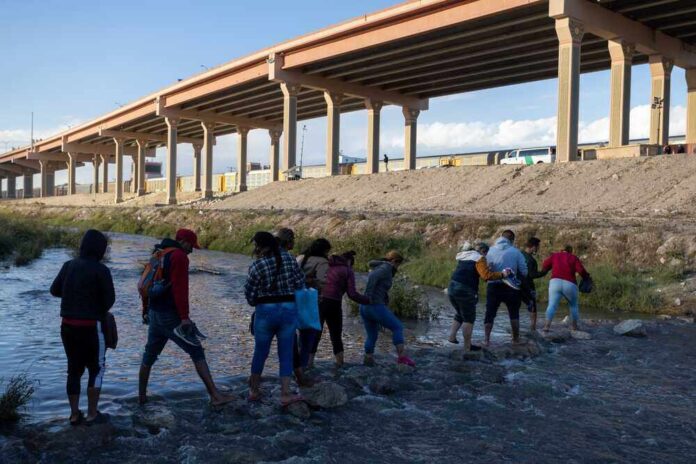
“Crisis at the Southern Border” may call to mind the current situation in the United States, but it also describes the state of affairs in Mexico. Migrants entering the U.S. via its southern neighbor are not all from Mexico. They must cross Mexico, however, to get to their American destination. This is causing many issues for Mexico, and it may lead to better cooperation between the two countries in addressing what is increasingly a shared problem.
"The Mexican government views the crisis affecting its border with the United States as an invasion of its own southern boundary, according to a senior U.S. lawmaker."
Mexico ‘increasingly concerned that they’re getting invaded’ by world’s immigrantshttps://t.co/Xh5T69N4bA
— Trump2024_no_matter_what (@TexasTrump2024) January 28, 2024
Immigrants are surging into Mexico from points south such as Central America and Venezuela. But Mexico’s southern border with Guatemala is only 180 miles long, as compared with the 2000-mile border with its northern neighbor of the United States. That fact is viewed as central to cooperation between the two nations in addressing their border problems.
Mexico is in the process of securing the Guatemala border with a railroad as well as increased military infrastructure. The planned strategy is to limit entry to a single point where immigrants can be processed. This would help prevent many immigrants who do not have valid asylum claims from ever reaching the United States. Mexico and America would indeed mutually benefit from strengthening the security at that choke point.
House Foreign Affairs Chairman Michael McCaul (R-TX) described the scenario as no longer needing to “play defense from the 1-yard line”. Migrants from Central and South America would be turned back at the much easier-to-defend Mexico-Guatemala border instead of the U.S.-Mexico border. The United States would contribute by assisting Mexico with deportation flights for their illegal immigrants.
McCaul recently met with Mexican President Andres Manuel López Obrador (AMLO) to discuss these security options for both nations. He had a positive tone about his talks with AMLO. In a Washington Post interview after the visit, he said he heard a particular sentiment from Mexican authorities for the very first time: “We know it’s a problem for you all, but it’s our problem, too, and we want to work together with you on this.”
Mexico is facing similar fentanyl distribution problems as the United States, which is a strong motivator for AMLO to reduce illegal immigration.
Additionally, Texas is a significant trade partner with Mexico, with over $850 million in total volume in 2023. This could also be used as leverage in security negotiations, McCaul pointed out in the interview.
The Biden Administration, however, has shown it favors open borders all the way to Guatemala. This makes implementation of the scenarios discussed by the Texas representative highly uncertain.




























